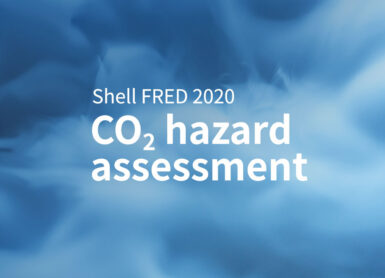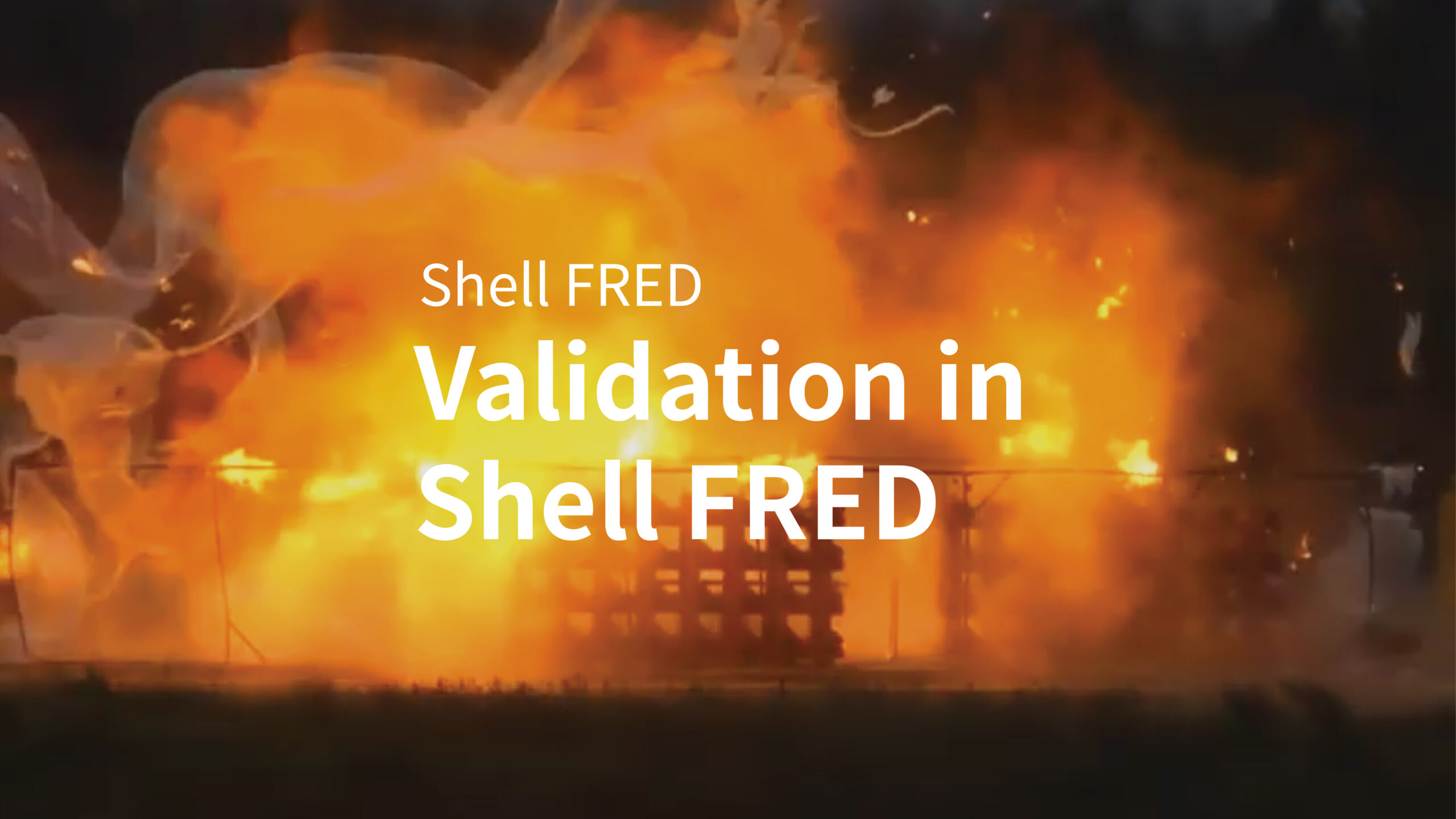
With a major new update to the software due to go live later this year, this is the first in a series of blogs examining how Shell FRED has been proven in a range of different environments.
We start with the history behind FRED’s experimental basis, charting the science and technical advancements from the 1970s to the present day.
Going back to our roots
The Shell Major Hazards Management team (MHM) was formed in the 1970s to facilitate R&D efforts in the field of major hazards.
From the outset, this included participating in joint industry projects and conducting in-house R&D backed by more than $100m of investment.
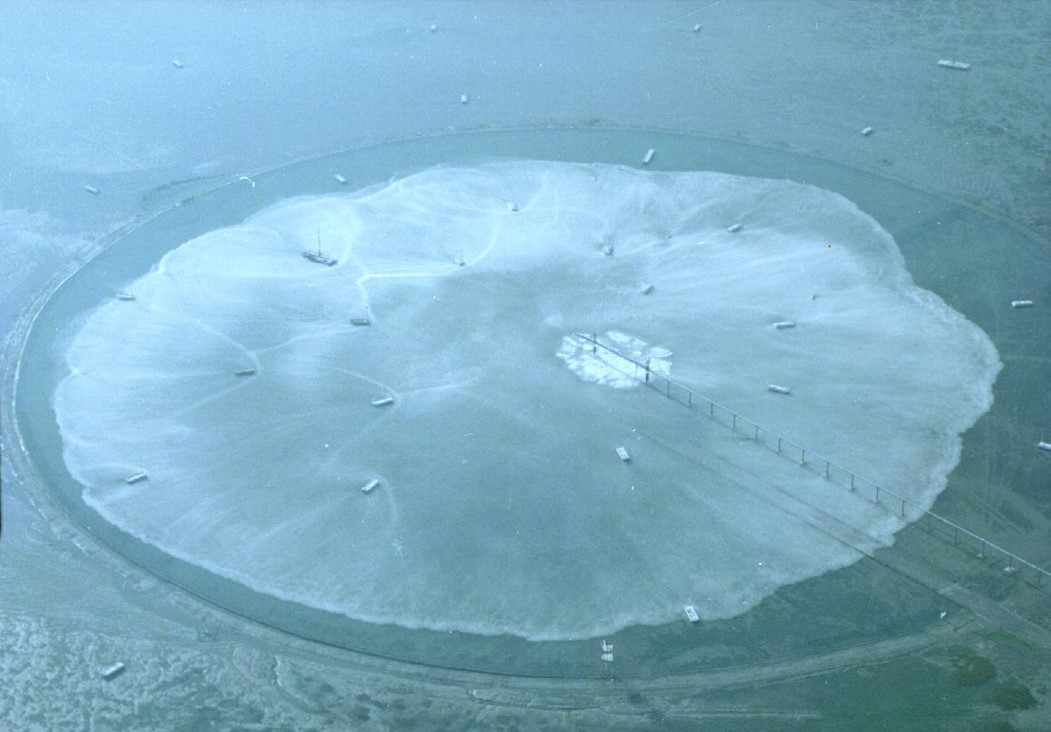
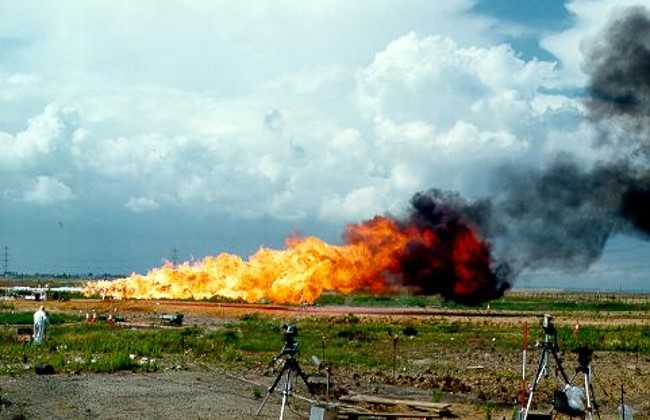
Pre-Piper Alpha
The foundational research behind Shell FRED began in the 1970s and 1980s, with the large-scale LNG experiments at Maplin Sands and the large-scale jet fire experiments at the Isle of Grain.
Depressurization and blowdown experiments were also performed.
During this time, large scale explosion experiments took place including wedge, bang-box and external explosion configurations.
These experiments provided the foundation for many of the models which are in common use today across consequence modelling tools.
This includes the development of the original Chamberlain Jet Fire model, which was first published in 1987[1] by Geoff Chamberlain as part of his work in the MHM team at Shell. Although this has been improved over the years, some early version of this seminal model is used in many consequence modelling tools today.
The learnings from Piper Alpha
Following Piper Alpha, a large programme of experiments was conducted focusing on protective measures such as PFP, jet fire resistance testing (leading to ISO 22899), active protection measures such as water sprays and including the SOLVEX large-scale explosion tests.
The SOLVEX experiments led to the initial development of SCOPE, Shell Code for Overpressure Prediction in gas Explosions, which is a phenomenological model to predict overpressures in confined environments.
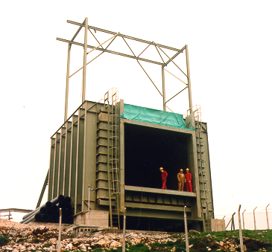
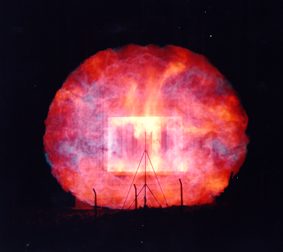
The new millennium
In the 2000s, various explosion studies were conducted covering a wide range of topics including the effect of blast on structures, the effect of separation distances on explosion overpressures, hydrogen re-fuelling station hazards and dust explosion hazards in fertilisers.
One of these JIPs was the MEASURE (Modelling Escalating Accident Scenarios and the Use of Risk-reducing technology for Explosion safety) JIP in conjunction with Gexcon.
Gexcon and Shell have been frequent collaborators on JIPs for many years.
Of particular relevance today, Shell has conducted a number of large-scale CO2 release and dispersion experiments in 2010 and additionally for hydrogen and liquid hydrogen releases. Other research covering current industry trends includes LNG and cryogenic spills and spill protection.
Development of Shell FRED
This extensive body of validation work has been used to develop new models to be used within Shell FRED and to further develop or validate existing models within Shell FRED.
This means that Shell FRED has been in constant development since the early 1990’s with a very extensive library of validation to support it.
It has been used by oil, gas, and petrochemical operating companies, engineering contractors, insurers and regulators throughout the world. The integrated models rely on an extensive and unique programme of large-scale experiments, combined with validated scientific research, that assures the reliability and consistency of the results.
Shell understands the importance of accurate, validated models and continues to invest in R&D projects to further increase the accuracy and usefulness of the tool.
Shell FRED 2020 is currently being developed with a completely new, modernised user interface while preserving some of the great usability functions which make Shell FRED so accessible and easy to use.
For more information about Shell FRED or the validation of the supporting models, please contact FRED@Gexcon.com.
Chamberlain, G. A., “Developments in design methods for predicting thermal radiation from flares”, Chem. Eng. Res. Des., Vol. 65, pp 299-309, (July 1987)
Do you like what you read?
Get the latest trends in the field of process safety management straight to your inbox, and enhance your skills through knowledge sharing from industry experts.
